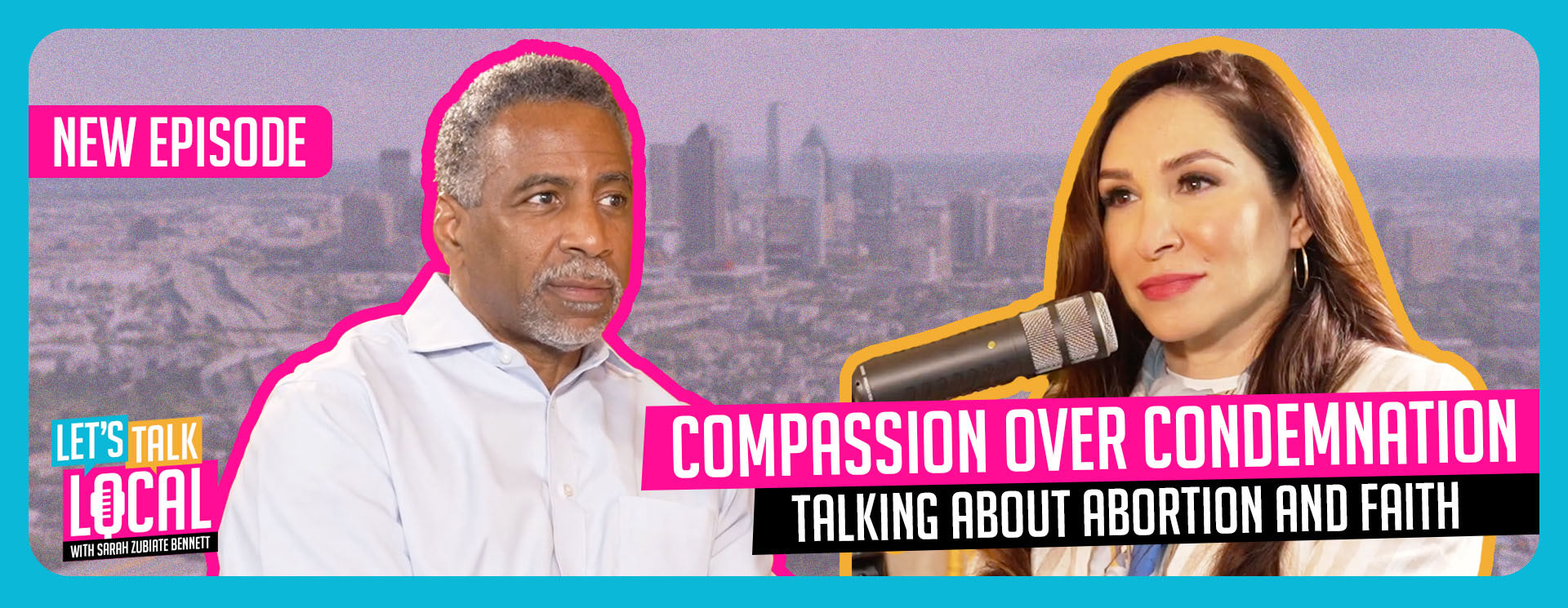The leader of more than one billion Catholics and a movie star turned monarch have more in common than one might think.
Cardinal Robert Prevost was elected by the conclave on May 8. He now reigns as Pope Leo XIV, the first American pope. In his official capacity, he is the sovereign of Vatican City, one of the world’s smallest independent states.
However, he is not the only American monarch in Europe in living memory. Oscar-winning actress Grace Kelly became Princess Consort of Monaco in 1956.
The newly elected pope and Grace Kelly are both Americans who became European monarchs and kept their citizenship after being elevated to their respective high positions.
Kelly was born in 1929 into a prominent Irish-American Catholic family in Philadelphia. An American Academy of Dramatic Arts graduate, she quickly became one of Hollywood’s leading actresses, winning an Academy Award for The Country Girl in 1955. But her marriage to Prince Rainier III of Monaco a year later transformed her into a royal.
Kelly became Her Serene Highness Princess Grace of Monaco, devoting herself to charitable work and the cultural revitalization of the tiny Mediterranean principality.
The same year Kelly was honored by the Academy of Motion Pictures, Prevost was born in Chicago.
However, Prevost became head of state by rising through the ecclesiastical ranks. He joined the Augustinian order and eventually served as bishop of Chiclayo, Peru. He was appointed Prefect of the Vatican’s Dicastery for Bishops in 2023
The parallels run deeper than citizenship and faith.
Pope Leo XIV and Princess Grace spoke fluent French and held leadership roles in tiny European countries where Catholicism is the official religion. While their paths to royalty differed starkly—one spiritual, the other romantic—they reflect a rare merging of American roots and European monarchical tradition.
Despite their radically different arenas—film and faith—both Kelly and Prevost maintained their American citizenship after ascending to European thrones. That fact underscores the unique cultural and diplomatic role both figures played.
Their citizenship and views on political/cultural affairs were sometimes the subjects of international scrutiny.
Kelly would be caught in the center of an international Cold War controversy in 1977 when she briefly appeared in and narrated a film called The Children of Theatre Street. The Soviet Union banned the film after its American producer, Earle Mack, refused to remove references to three famous Kirov Ballet defectors—Rudolf Nureyev, Natalia Makarova, and Mikhail Baryshnikov.
As Princess Grace told The New York Times, she regretted the censorship but stood by the inclusion of the dancers, saying, “You certainly can’t deny the dancers’ existence.”
Similarly, Pope Leo XIV’s American citizenship has been variously interpreted as the Catholic Church reaching out to the mostly Protestant Anglophone world as an act of defiance against President Donald Trump and his immigration rhetoric. The Pontiff was an immigrant to Peru and worked extensively in Latin America.
Though Vatican City and Monaco are among Europe’s smallest nations, both wield outsized influence in their respective spheres — the Holy See as the heart of global Catholicism and Monaco as a glamorous hub of finance, diplomacy, and culture.
There are also key differences in their roads to power. Kelly’s marriage to Rainier made her a consort, bound by the customs of a hereditary monarchy. Prevost, meanwhile, was chosen by a conclave of cardinals through a centuries-old process steeped in religious tradition and secrecy. His authority stems not from his bloodline but from his role as successor to Saint Peter.


